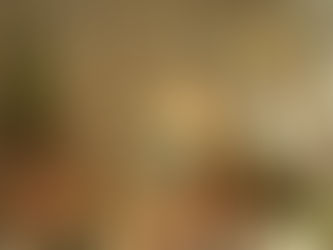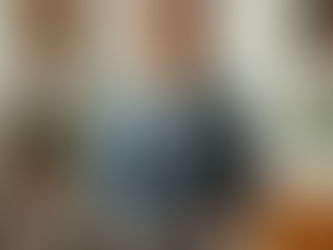top of page
R.E. Hengsterman



The Certification Mirage: How Functional Nursing Turned Credentials Into Commerce
And while the intent might be genuine—wellness, nutrition, mental health, balance—the machinery behind it is not just about care.

R.E. Hengsterman


The Myth of “Alkaline & Acidic Foods”: Why What You Eat Can’t Change Your Blood pH
Spend five minutes on social media and you’ll see the same list of “miracle” foods — lemon water, celery juice, apple cider vinegar, chlorophyll drops, “alkaline” water — all promising to “reset” or “rebalance” your body’s pH. The logic sounds simple: if acidity causes disease, eating alkaline foods should prevent it. The problem? That’s not how human physiology works. Your blood pH is one of the most tightly regulated variables in the body — held steady between 7.35 and 7.45

R.E. Hengsterman


The Illusion of Freedom: Understanding the Soft Nursing Trend
There’s a new kind of nurse making rounds—not in hospitals, but on Instagram. They don't wear scrubs or a badge. Instead, they don flowy linen, sip matcha, and speak in pastel affirmations about “energy alignment” and “leaving the bedside to live in abundance.” Their charting system? Canva. Their rounds? Reels. Their message? You too can have it all—autonomy, freedom, six figures—if you just learn the system. (AKA - Buy my course on sale for only $129) This is the era of Soft

R.E. Hengsterman


When Science Meets Facebook: The Myth of Seeing “Heavy Metals” in Someone’s Eyes
This week, a post slid through my feed—the kind that makes you pause somewhere between disbelief and despair. A self-described “concerned citizen” claimed to have witnessed a healthcare worker receiving a flu vaccine. What caught their attention wasn’t the injection itself, but what they claimed to see : “I could see the heavy metals in her eyes.” It would almost be funny if it weren’t so effective. Because this is the modern ecosystem of misinformation—where a sentence like

R.E. Hengsterman


The Cost of Linguistic Drift & Vaccine Panic
Somewhere along the pandemic timeline, the word “vaccine” lost its footing — replaced by a single, punchy syllable: jab. The term isn’t new. In the U.K., “jab” has been shorthand for “injection” since the 1950s. But in the social-media-saturated chaos of COVID, it was reborn — repurposed by tabloids, influencers, and skeptics alike. Suddenly, it wasn’t a scientific achievement or a public-health tool. It was a meme. A symbol. A cultural wedge. And now, I see this creeping in

R.E. Hengsterman


When Nursing Becomes a Brand: Ethics, Crowds, and Commerce
There was a time when nurses didn’t need a “personal brand.” The work was the identity. The uniform, the license, the oath—all spoke for themselves. But scroll through social media in 2025, and you’ll find a new kind of nurse emerging. Not the floor nurse in a med-surg unit or the night-shift veteran fighting exhaustion—but the nurse as influencer. They post about self-care routines, share product links, host courses on burnout and wellness, and partner with brands to sell

R.E. Hengsterman


The Myth of the “Artificial” Nursing Shortage
“The shortage isn’t real. They’re keeping ratios high on purpose.” S croll through nursing social media, and you’ll hear this refrain—especially from younger nurses who entered the profession during or after the pandemic. The claim that the nursing shortage is artificial , engineered to maintain high nurse-to-patient ratios, has gone viral on TikTok and Instagram. It’s a powerful narrative. It turns frustration into a moral cause. It reframes burnout as resistance. But like m

R.E. Hengsterman


The Rise of the Functional Nurse: When Healing Turns Inward
It often starts with a personal health crisis. A nurse—burned out, disillusioned, or broken by a system that rewards resilience over recovery—steps away from the bedside. After years of twelve-hour shifts, short staffing, and moral injury, they reach the edge. Some find solace in therapy, others in yoga or supplements or quiet. And some—armed with lived experience, professional knowledge, and a smartphone—rebrand themselves. They become “functional nurses.” Part clinician, p

R.E. Hengsterman


Chronotype Quiz for Shift Workers
Purpose: This quiz helps shift workers identify their natural chronotype—Morning Type (Lark), Evening Type (Owl), or Intermediate Type (Hummingbird)—even with irregular schedules. Instructions: Answer based on how you feel on days off or when you’re not influenced by your shift schedule. Each answer corresponds to a point value. Tally your total at the end. On days off, what time do you naturally wake up (without an alarm)? A. Before 7:00 AM B. After 10:00 AM C. Between 7:00

R.E. Hengsterman
bottom of page